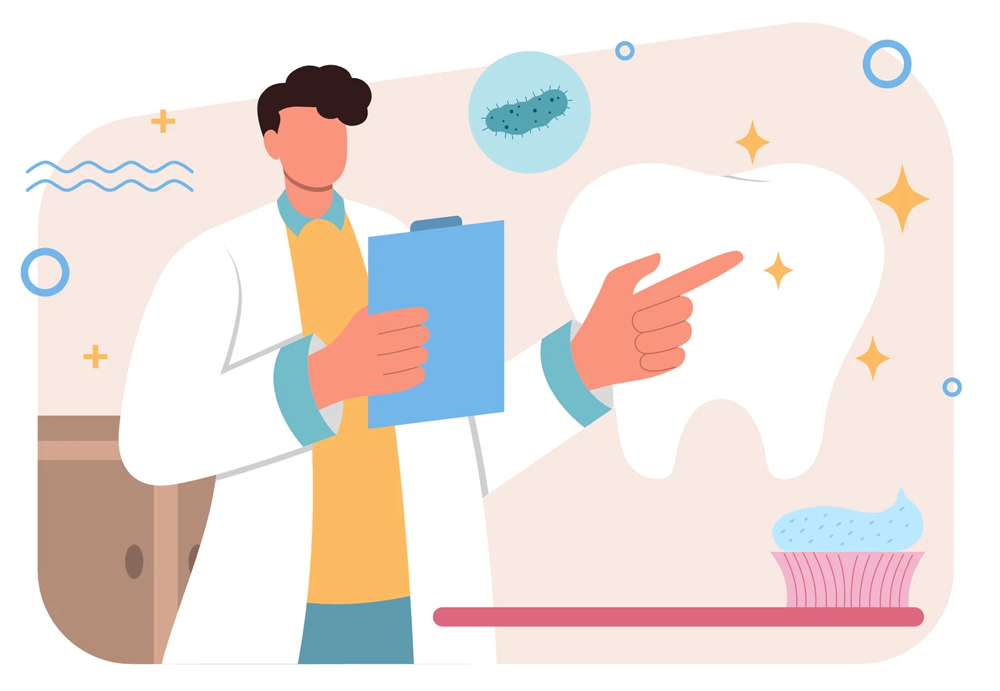Introduction
Pulmonology is dedicated to the diagnosis, treatment, and management of respiratory diseases and disorders affecting the lungs and respiratory system. Our pulmonologists, respiratory therapists, and allied healthcare professionals are committed to providing comprehensive care to patients with a wide range of conditions, including chronic obstructive pulmonary disease (COPD), asthma, pneumonia, lung cancer, and interstitial lung diseases.
About Department
Pulmonology is also involved in clinical research to advance the field of respiratory medicine, exploring new therapies and interventions to enhance patient outcomes. Our commitment to education ensures that we stay at the forefront of emerging trends and advancements in pulmonology
Conditions Treated
- Asthma
- Allergies
- COPD
- Sleep apnoea
- Tuberculosis
- Interstitial lung disease
- Pneumonia
- Influenza
- DVT
- Pulmonary Embolism
- Sleep Apnoea

Pleural Fluid Aspiration (Thoracentesis)
Procedure Type: Minimally invasive procedure to remove excess fluid from the pleural space (the area between the lungs and the chest wall).
Why Get This Procedure?
Pleural fluid aspiration is performed to diagnose the cause of pleural effusion (accumulation of fluid in the pleural space), relieve symptoms such as shortness of breath, and obtain fluid for analysis.
Preoperative Preparation:
A thorough evaluation, including physical examination and imaging (like ultrasound or chest X-ray) to locate the fluid.
Informed consent is obtained from the patient.
The patient may need to avoid blood thinners and certain medications before the procedure.
What to Expect:
The procedure is typically performed in an outpatient setting.
The patient is positioned comfortably, usually sitting up, and the skin over the site is cleaned and anesthetized.
A needle is inserted through the chest wall into the pleural space to withdraw the fluid, which usually takes 15-30 minutes.
Post-Op Care:
Monitor for any signs of complications, such as difficulty breathing or bleeding.
The patient may experience mild discomfort at the insertion site but should be able to resume normal activities shortly after.
Follow-up:
Follow-up appointments may be scheduled to discuss laboratory results from the aspirated fluid and further management if necessary.
Polysomnography (Sleep Study)
Procedure Type: Comprehensive overnight sleep study used to diagnose sleep disorders.
Why Get This Procedure?: Polysomnography is performed to identify conditions such as obstructive sleep apnea, restless leg syndrome, and other sleep-related issues that can affect overall health.
Preoperative Preparation:
Patients are advised to maintain their regular sleep schedule prior to the study.
They may be asked to avoid caffeine and certain medications that could affect sleep.
What to Expect:
The study is conducted in a sleep lab or hospital setting.
Patients are connected to monitoring devices that record brain activity, eye movements, heart rate, breathing patterns, and oxygen levels while they sleep.
The procedure typically lasts the entire night.
Post-Op Care:
Patients can return home after the study, and the data collected will be analyzed by a sleep specialist.
No significant post-procedure restrictions apply.
Follow-up:
Results will be discussed in a follow-up appointment, where treatment options may be provided based on the findings.
Intercostal Drainage Tube (Chest Tube Insertion)
Procedure Type: Placement of a tube between the ribs (intercostal space) to drain air, fluid, or pus from the pleural cavity.
Why Get This Procedure?
Intercostal drainage is indicated for conditions such as pleural effusion, pneumothorax (collapsed lung), and empyema (infected pleural fluid), to relieve symptoms and prevent complications.
A thorough assessment, including imaging to identify the need for drainage.
Informed consent is obtained, and the patient is educated about the procedure.
The patient may need pre-procedure imaging to locate the best insertion site.
What to Expect:
- The procedure is often done under local anesthesia and can be performed in an emergency setting.
- The patient is positioned appropriately, and the area is cleaned and anesthetized.
- A small incision is made in the chest wall, and the drainage tube is inserted to allow fluid or air to escape.
The procedure usually lasts 30-60 minutes.
Post-Op Care:
The patient is monitored for respiratory status and any signs of complications, such as infection or tube dislodgment.
Pain management may be necessary, and the site will be bandaged.
Follow-up:
Regular follow-up to ensure the drainage is effective and to monitor for any complications.
Removal of the drainage tube is done when the underlying issue has resolved.”
Bronchoscopy
Procedure Type: A diagnostic and therapeutic procedure that involves the insertion of a flexible tube (bronchoscope) into the airways.
Why Get This Procedure?:
Bronchoscopy is used to evaluate symptoms such as persistent cough, hemoptysis (coughing up blood), or to obtain tissue samples for diagnosis of lung diseases like infections, tumors, and chronic inflammatory conditions.
Patients are informed about the procedure and potential risks.
Fasting for several hours before the procedure is typically required, especially if sedation is planned.
A thorough medical history and evaluation are conducted.
What to Expect:
- The procedure is performed under local anesthesia or sedation.
- The bronchoscope is gently inserted through the nose or mouth and guided down the trachea and into the lungs.
- The physician can visualize the airways, take biopsies, or perform therapeutic interventions if necessary.
- The procedure usually lasts 30 minutes to an hour.
Post-Op Care:
- Patients are monitored for a short time after the procedure, particularly if sedation was used.
- A sore throat or hoarseness is common but usually resolves quickly.
- Patients should avoid eating or drinking until their swallowing reflex returns.
Follow-up:
Follow-up appointments may be necessary to discuss biopsy results or further management based on findings.
Investigations:
CT Scan of the Chest
Procedure Type:
Imaging test that uses X-rays and computer technology to create detailed cross-sectional images of the chest.
Why Get This Procedure?:
A CT scan of the chest is performed to evaluate lung diseases, detect tumors, assess the condition of the lungs and pleura, and investigate unexplained respiratory symptoms
Preoperative Preparation:
Patients may be instructed to avoid eating or drinking for a few hours before the test.
A review of the patient’s medical history and any allergies (particularly to contrast dye) is conducted.
What to Expect:
The scan is usually performed in an outpatient setting.
The patient lies on a table that slides into the CT scanner.
The machine takes multiple images, and patients may be asked to hold their breath briefly during the scan.
The entire process typically takes about 30 minutes.
Post-Op Care:
Patients can resume normal activities immediately after the scan.
If contrast dye is used, they may be monitored for any allergic reactions.
Follow-up:
The radiologist will analyze the images, and results will be shared with the referring physician to discuss further management based on the findings.”
Pulmonary Function test (PFT)
Procedure Type: A series of tests that measure lung function and capacity
.Why Get This Procedure?: PFTs are essential for diagnosing and monitoring conditions such as asthma, COPD, and other respiratory disorders, providing insights into the overall health of the lungs.
Quick info
Preparation Time- >Post Procedure Care- 15 to 30 min
Approximate Cost – > Est. Recovery Period-one day
Preoperative Preparation:
Patients may be advised to avoid certain medications (like bronchodilators) prior to testing.
Smoking should be avoided for several hours before the test.
What to Expect:
The tests may include spirometry, lung volume measurement, and diffusion capacity assessment.
Patients are required to breathe into a device (spirometer) under different conditions to measure airflow and lung capacity.
The testing typically takes 30-60 minutes.
Post-Op Care:
Patients can resume normal activities immediately after the tests.
Any immediate concerns or questions can be discussed with the healthcare provider.
Follow-up:
Results are analyzed and discussed in a follow-up appointment to determine appropriate management based on lung function.”
Allergy Profile
Procedure Type: Series of tests designed to identify specific allergies.
Why Get This Procedure?:
Allergy profiling helps diagnose allergies that may contribute to respiratory conditions such as asthma or allergic rhinitis, guiding treatment and management strategies.
Preoperative Preparation:
Patients should provide a detailed medical history, including symptoms and potential allergens.
Certain medications (like antihistamines) may need to be avoided before testing.
What to Expect:
Allergy tests can include skin prick tests, intradermal tests, or blood tests (such as specific IgE tests).
In skin testing, small amounts of allergens are applied to the skin to observe reactions.
The procedure generally takes 30-60 minutes.
Post-Op Care:
Patients may experience mild discomfort or itching at the test site, especially for skin tests.
Any severe reactions will be monitored and treated promptly.
Follow-up:
Results will be reviewed in a follow-up appointment to discuss management options based on identified allergies.
Infrastructure
ICU with ventilators and NIV, CT scan, ABG, Critical Care team
Papers and fellow ships
Dr Ram Narsimha Reddy,
Executive committee Member State tuberculosis association of Telangana Fellow of American college of chest physicians Member IMA Member European Association of Allergy and clinical immunology”
Skip The Waiting Room!
If you have a toothache you can call ZOI
We have up to date schedules, contact information, & let you book appointments online.Use the online form to book an appointment for a root canal.
Here are industry experts who can help you
Need some advice from our experts?
Request a Call Back Today Now!
We will make a single attempt to contact you from a withheld number, usually within 24 hours of your request.




